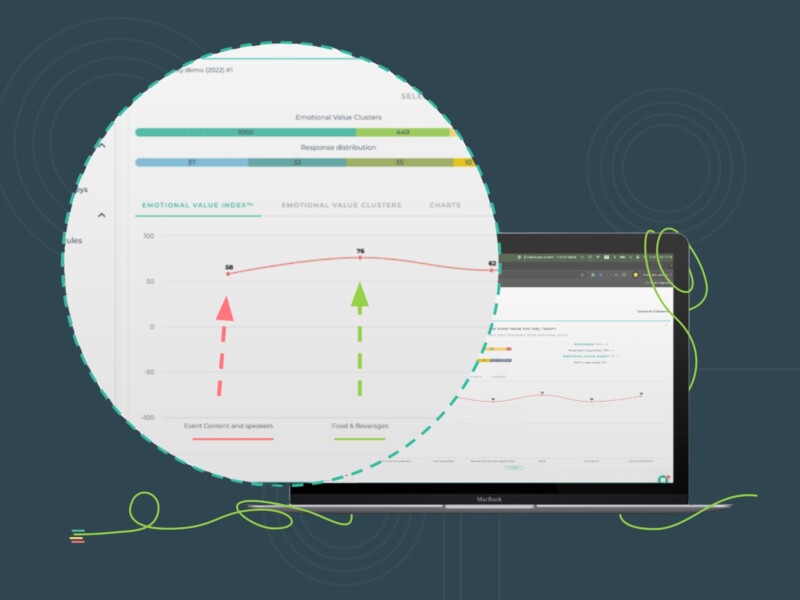There’s a lot of buzz right now about customer experience (CX), and why it’s the next big thing for companies to differentiate themselves in a competitive market. But what are people really saying? By dedicating themselves to a better customer experience, companies can reap many benefits including higher revenues and retention, happier employees, more recognition, and a chance at thriving even when their industry is not. Examples of these companies are seen all over business magazines and they line the business bookshelves of the world. Southwest Airlines, Starbucks, and Whole Foods Market are revered icons of this paradigm. So how did companies like these mold themselves to become models of great customer experience?
Customer service is not the same as customer experience
When we discuss “the customer experience”, people assume we’re really talking about two things: face-to-face or call center interactions. And believe me, when people get started on call centers, there’s no stopping them! (Note to companies: customers hate dealing with auto-dialer menus that loop or lead them to powerless call center reps. We hate it – with a capital H. But I digress… Customer experience is really a lot more than that. It’s the series of interactions and exposures a customer has with your company that cumulatively creates the customer perception. The customer perception is how an individual customer feels about associating with your company. The customer’s perception is the reality of the customer experience, not your intention or assumptions for the customer. Case in point: No matter how many times SBC’s advertising tells us they are going ‘beyond the call,’ we don’t believe them as we don’t experience it when dealing with their company. Our perception is the reality.
Why is customer service important?
Well we all know instinctively that customer service has to be good for a business, but why? What are the tangibles that good customer service delivers a business? Here are some ideas to help your business case for developing your customer service and overall customer experience.
Why is customer experience important?
Customer Experience isn’t just about Customer Support, nor is it about the buying process. It’s a holistic view of a customer becoming aware of you, your products and services, his experience in the buying process, his experience in the consumption process, his experience in support, his experience in sharing the same with his friends and family. Now, you can understand how one single customer can significantly influence your business. Each customer will have many experiences with touch-points, product & services, and he has several touch-points elsewhere (his friends, colleagues, family etc).
So, Companies that are very customer focused (well, every company has that focus, isn’t) ensuring that all the touch-points are sufficiently optimized to offer a compelling, consistent customer experience is very important to your business. All it takes it just one bad user experience to drive hoards of customers (and his contacts) away from your business.
One small user experience fix can lead to significant business results!
Recently, while speaking to a Hotel Manager, I learnt an important aspect of customer experience from a real life customer case. While the Hotel offered a great in-room service that the customer really enjoyed, the checkout process wasn’t that smooth. The guest was made to wait a long time before the checkout happened and the guest had to rush to the airport to catch his flight
The Hotel Manager was able to spot and fix the problem using customer experience mapping software. Now, the Hotel has increased its number of loyal guests, who frequent the hotel not because of the reward points for repeat visits, but because of great customer experience. That’s true loyalty.
Measuring and Improving your customer experience is important if you want to build a loyal customer base. Loyalty is about emotional engagement. We are redefining loyalty to help convert your most loyal customers as your sales force and grow sales.



